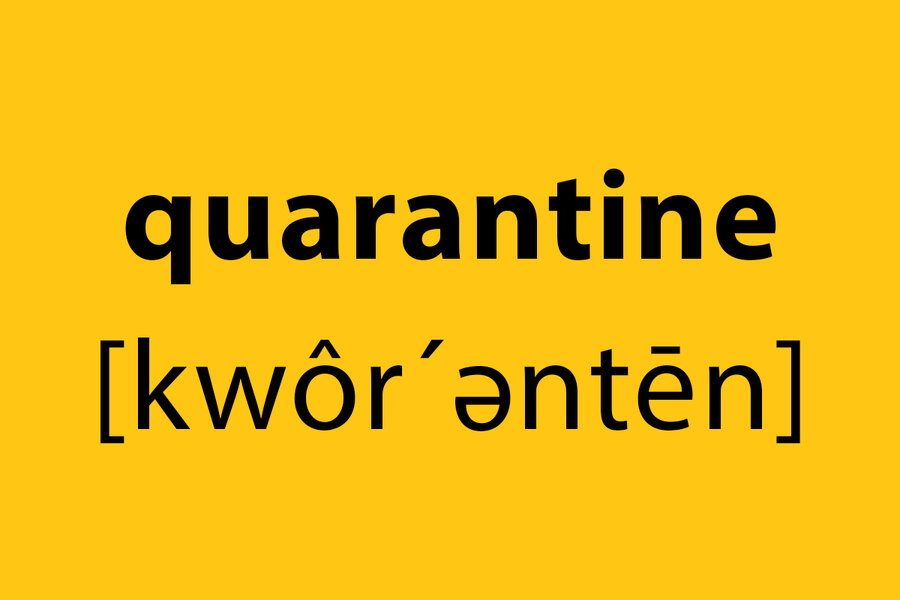Self-isolation has its roots in ancient times
Loading...
We’re still in a time of social distancing, or as the World Health Organization recently urged people to call it, physical distancing. This is a modern incarnation of an old idea. People have been using various kinds of isolation to protect themselves and others, and to inspire moral and spiritual growth, for centuries.
The word quarantine comes from the Latin word for 40, quadraginta, but the idea has roots in the Bible.
Many biblical figures underwent a period of isolation or testing for 40 days and nights, as when Moses received the Ten Commandments on Mount Sinai, or Jesus fasted and was tempted in the wilderness.
When 14th-century Venetian cities began to isolate ships entering their ports in an attempt to stop the plague from spreading, it seemed appropriate to make it a 40-day separation, a quarantena in Italian, and a quarantine in English.
Quarantines are imposed by governmental authorities, but Jesus’ 40 days in the desert also inspired people to self-isolate in order to remove themselves from the temptations of the world, and to devote themselves more fully to God.
Medieval monks who withdrew from society to live together in cloisters were known as cenobites, from the Greek koinos (“common”) and bios (“life”). For some people, however, even the company of fellow recluses was too much. They became eremites, or hermits, taking their name from the Greek word for the wilderness of Jesus’ solitary sojourn, eremos.
Hermits lived a life of rootless, solitary wandering from place to place, according to historian Eddie Jones, rejecting human aid but relying on God’s help in the face of difficulty.
Anchorites, on the other hand, stayed put. They would be bricked up in a tiny room attached to a church, with small windows through which they could see the altar and receive food, never to set foot outside again.
While their physical isolation was extreme, they were not lonely. They often became the spiritual center of their communities, sought out for their advice and prayers.
Medieval women in particular were drawn to this walled-in way of life, as it paradoxically allowed them a rare freedom. These anchoresses could “express their love for Christ, and minister to their fellow believers through their prayers and counsel,” as historian Godelinde Gertrude Perk explains, confident that “a life of prayer on behalf of others vitally supported society.”
Our current phrase “social distancing” carries a distant echo of these medieval views. It implies that even while we keep ourselves physically apart, we can put the “social” front and center. It suggests that in our self-isolation, we are working together for the good of our friends, families, and communities. We are more like walled-in anchorites than quarantined plague ships.
I hope the World Health Organization’s “physical distancing” doesn’t catch on. To me, that just sounds lonely.





